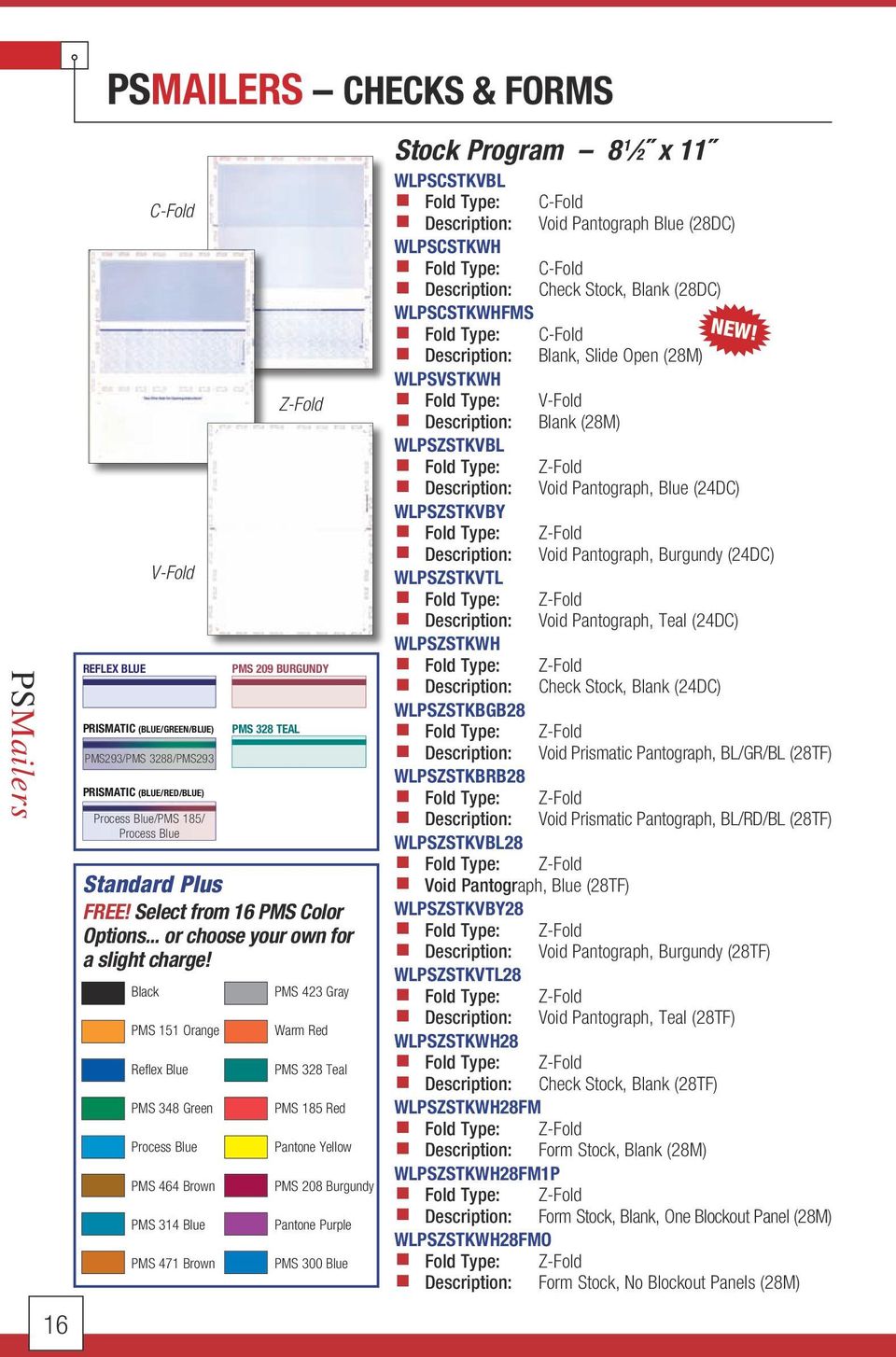

This technology is available on both traditional presses (offset and flexographic) and on the newer digital platforms.

Void pantographs are essentially invisible to the untrained, naked eye on an original but when scanned or copied the layout of lines, dots and dashes will reveal a word (frequently VOID and hence the name) or symbol that clearly allows the copy to be identified. The most common technology to help differentiate originals from copies is the void pantograph. Copy-evident technologies provide security to hard copy documents by helping distinguish between the original document and the copy. An original prescription script can be filled but a photocopy of it should not be. An original signed cheque for example has value but a photocopy of it does not. Sometimes only the original document has value. At their trial, they were found to have forged tens of millions of pounds’ worth of notes over a period of years. They used a cheap hot-stamping process to lay down a metal strip on the surface of the paper, then printed a pattern of solid bars over it using white ink to leave the expected metal pattern visible. When examined in reflected light, it appears to have a dotted metallic line running across it, but when viewed through transmitted light, the metal strip is dark and solid.ĭuplicating this was thought to be difficult, but a criminal gang was able to reproduce it quickly.

British banknotes in the 1990s featured a "windowed" metal strip through the paper about 1 mm wide that comes to the paper surface every 8 mm. An example is the forgery of British banknotes in the 1990s. On occasion, the banknote designers succumb to the Titanic effect (excess belief in the latest technology), and place too much faith in some particular trick. In recent designs the security thread was enhanced with other security features such as holograms or three-dimensional effects when tilted. The other kind of security thread is the single or multicolor sewing thread made from cotton or synthetic fibers, mostly UV fluorescent, for the bookbinding of passport booklets. One is a thin aluminum coated and partly de-metallized polyester film thread with microprinting which is embedded in the security paper as banknote or passport paper. Metal threads and foils, from simple iridescent features to foil color copying to foils with additional optically variable effects are often used. When pearlescent pigments are viewed at different angles the angle of the light as it's perceived makes the color appear to change as the magnetic fields within the particles shift direction. Best results are achieved when remanence and coercive field strength are very low and the saturating magnetization is high. Homogeneous magnetization (no preferred orientation) is easily obtained on pigment made of spherical particles. Some magnetic pigment are best suited for colored magnetizable inks due to their lower blackness. Generally, pigments should be used at high concentrations to ensure that sufficient magnetizable material is applied even in thin offset coats.

The magnetic pigments’ strong inherent color generally reduces the spectrum of achievable shades. Ĭolored magnetizable inks are prepared by including chromatic pigments of high color strength. Optically Variable Ink (OVI) displays different colors depending on the angle at which it is viewed. Security printing is most often done on security paper, but it can also occur on plastic materials. Businesses are protecting their lesser-value documents such as transcripts, coupons and prescription pads by incorporating some of the features listed below to ensure that they cannot be forged or that alteration of the data cannot occur undetected.Ī number of technical methods are used in the security printing industry. More recently many of the techniques used to protect these high-value documents have become more available to commercial printers, whether they are using the more traditional offset and flexographic presses or the newer digital platforms. The main goal of security printing is to prevent forgery, tampering, or counterfeiting. Security printing is the field of the printing industry that deals with the printing of items such as banknotes, cheques, passports, tamper-evident labels, security tapes, product authentication, stock certificates, postage stamps and identity cards.
#Purchase void pantograph series#
A hologram on a Series 1 (ES1) 50 Euro banknote


 0 kommentar(er)
0 kommentar(er)
